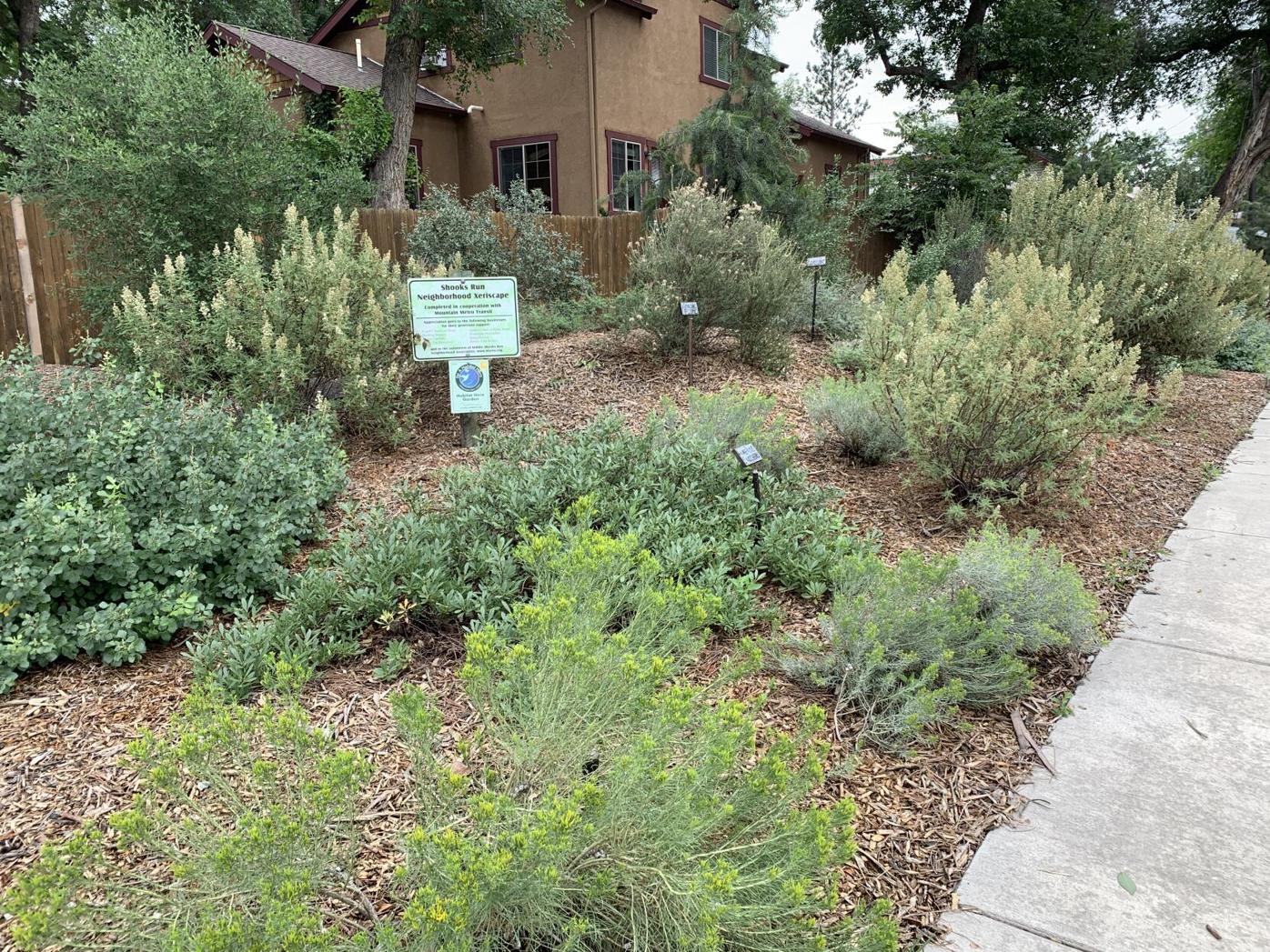Year-round gardening: Low-maintenance, low-water, low-effort lawn conversion
As water prices rise, and time is precious, gardeners are beginning to rethink turf, preferring to spend time hiking or playing pickleball rather than mowing lawns or motivated by a desire to reduce irrigation costs.
While it might be tempting to consider converting turf to an all-rock landscape, we discourage it for a variety of reasons. It reduces habitat, increases the urban heat island effect, reduces the ability of mature trees to survive, and reduces the appeal of neighborhoods and houses. Rock might appear to be a no-maintenance choice, but over time soil and weed seed can blow in, causing weeds to sprout in the rock. If you have landscape cloth under the rock the roots can penetrate through the cloth, rendering the weeds impossible to pull. It is difficult to remove if you change your mind or sell your house.
It can be a big project to convert a lawn to a native grass lawn or even flower beds. Killing or removing the lawn is fairly heavy labor, or costly, and not everyone is up for it. There is an easier alternative: Replacing your lawn with native shrubs instead of rock requires relatively little effort. Shrubs are low maintenance, low water, provide habitat and color, and are relatively inexpensive on a square foot basis.
Here’s how you do it.
1. Stop watering your lawn.
2. Select shrubs you’d like to have, and research their mature size so you know how many you need and where to place them.
3. Convert your irrigation system, if you have one, to a drip system. This may be the most challenging step. Here is a fact sheet that can help: https://sonomamg.ucanr.edu/files/218808.pdf.
4. If you do not have irrigation, heavily mulched native shrubs, once established, only need occasional watering and can easily be hand watered.
5. Mow the grass as low as possible.
6. Plant shrubs with appropriate spacing and water them in. Place each shrub on the drip irrigation system, making sure that the root zone is watered.
7. Mulch the entire area with 8 inches of bark mulch. Mulch depth is important, it will kill the grass by blocking light. Shallow layers will not be effective. Do not use landscape fabric.
Some good shrubs for this project include some low-growing sprawlers, such as the evergreen manzanitas (Arctostaphylos x coloradensis), Pawnee Buttes sand cherry with red autumn foliage and fragrant spring flowers (Prunus besseyi ‘Pawnee Buttes’), and Autumn amber sumac (Rhus trilobata “Autumn amber). Some taller shrubs that will get by with no irrigation once established include Apache plume (Fallugia paradoxa), rabbitbrush (Ericameria nauseosus), winterfat (Krascheninnikovia lanata) and Boulder raspberry (Rubus deliciosus).
A shrub garden is a much better choice than a gravel yard.
For more information, check out:
• https://extension.colostate.edu/topic-areas/yard-garden/drip-irrigation-home-gardens-4-702/
Submit gardening questions to csumg2@elpasoco.com or call 719-520-7684. The in-person help desk is open 9 a.m.-noon and 1-4 p.m. Mondays and Wednesdays at 17 N. Spruce St. Find us on Facebook at Colorado Master Gardeners – El Paso County.





